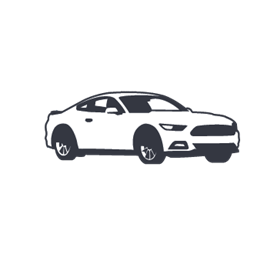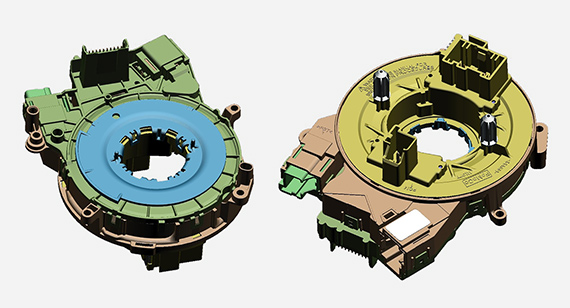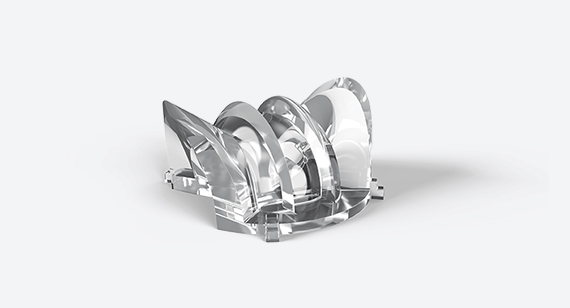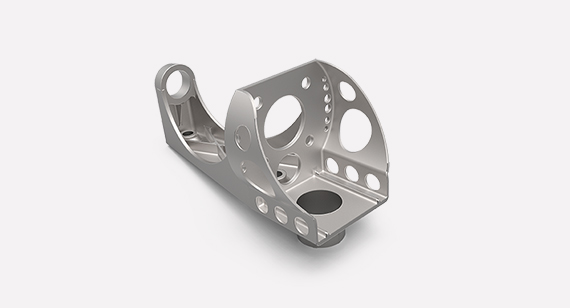The automobile industry is developing rapidly. As industry trends such as autonomous driving, on-board connectivity and hybrid/electric vehicles continue to drive innovation, agile car companies are turning to accelerate new product development and get to market faster. With rapid digital manufacturing and automated manufacturability feedback, designers and engineers can mitigate design and cost risks while developing more responsive supply chains to better respond to drivers' and passengers' demands for more customized vehicles.
Why choose Mingren locomotive products?
Rapid prototyping
Mitigate design risk by rapidly iterating and prototyping in production materials without sacrificing development speed.
Supply chain flexibility
Obtain on demand support for line emergencies, part recalls, or other supply chain failures in production facilities through the use of automated quotations, quick tools, and small batch production of parts.
Quality inspection
Multiple quality document options are used to verify the geometry of the part. Provide digital inspection, PPAP and FAI reports.

Mass customization
Implement small batch manufacturing to achieve more diversified and customized vehicle functions tailored to modern drivers.
Tools and fixtures
Improve manufacturing processes to achieve greater automation and simplify assembly of components through custom fixtures.

Auto parts
Pictures show |
|
The steering column control module now integrates various functions into the steering wheel, providing a range of safe and convenient functions for the driver. Providing connectivity between all the useful buttons and switches and their control functions, from steering signals and wipers to cruise control, and even heating the steering wheel itself, is the job of the clock spring. A puck located under the steering wheel in the steering column control module. Learn how digital manufacturing can help shorten product development time for tech companies around the world. |
Which material is best for automotive applications?

ThermoplasticChoose from hundreds of thermoplastics, including PEEK, acetaldehyde, or offer your own material. Use custom colorants to maintain brand for qualified projects.

nylon3D printing functional prototypes of several nylon materials provided through selective laser sintering and Multi Jet Fusion. Mineral and glass - filled nylon improves mechanical properties when needed.

Liquid silicone rubberSilicone rubber materials such as fuel resistant fluorosilicone can be used for gaskets, seals and piping. Optically transparent silicone rubber can also be used in lens and lighting applications.

aluminum This general-purpose metal for lightweight has an excellent strength-to-weight ratio and can be machined or 3D-printed.
| General Motors Applications |
|---|
|
Our digital manufacturing capabilities have accelerated the development of various metal and plastic automotive components. Several common automotive applications include:
|

 Click to enlarge
Click to enlarge